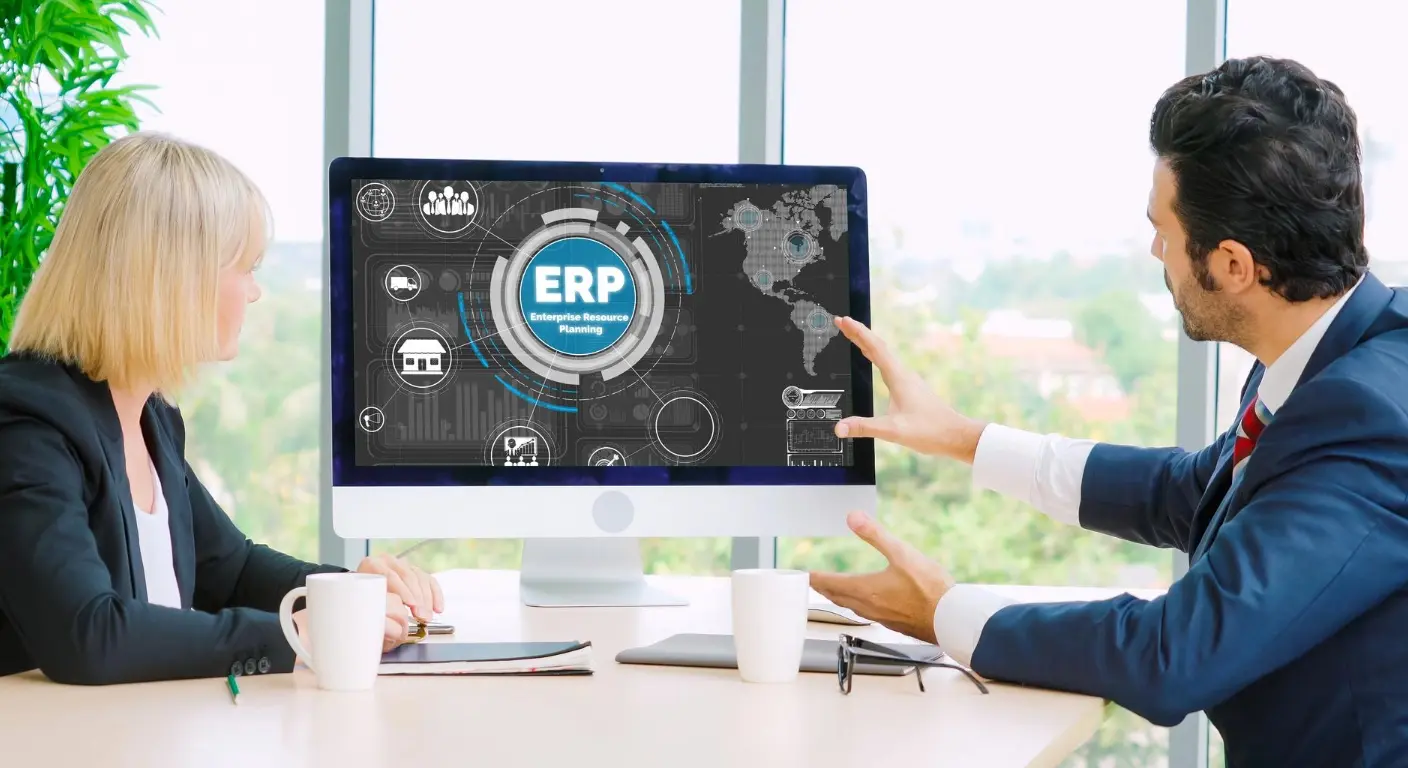

Creating Process Transparency Through Process Mining

Through the employ of data-based models we explore how companies can ...
- Tags:
- Digitalisation
Through the employ of data-based models we explore how companies can increase process efficiency, quality and transparency...
As a basic technology, process mining is used to create process transparency. It is used in the data analysis of business processes. As a rule, the process logs of ERP systems or of other transaction software used in the company are...
As a basic technology, process mining is used to create process transparency. It is used in the data analysis of business processes. Usually, the process logs are from ERP systems or other transaction software used in the company. Process mining tools can be used to visualise the process model used in the company. It is possible to display all process variants in a fact-based manner. Process throughput speed and stability are elementary factors for the competitiveness of companies. These key figures have a significant influence on the costs of the output. Often, weak points in processes remain undiscovered, which leads to poor efficiency within a company. In order to uncover these problems and weak points, innovative solutions in process management are needed.
Process Mining - The Link Between Data Mining & Process Management
Process mining can basically be used for any process where the individual process steps and their relationship are chronologically documented or traceable. ERP systems or so-called workflow management systems ensure this traceability by means of one or more tabular protocols.In this tabular list, the following contain various activities, data and associated timestamps.
The totality of the data contained reflects a process. Data mining is the analysis of large amounts of data using statistical methods. The aim is to determine correlations and connections between this data.
Therefore, in process mining, a data model is first created under the aspects of data mining. This "data model", which represents cross-connections between individual tables and contents, offers versatile evaluation and presentation options in the next step. These possibilities can be freely configured for each individual process, so that individual KPIs can be defined, such as throughput times, number of business transactions, etc..
In addition, it is possible to filter and sort according to a wide range of data, so that a maximum of process transparency can be achieved.
Process Mining – The Conclusion...
Process mining gives decision-makers fact-based knowledge instead of an uncertain gut feeling. In the course of digitalisation and the increasingly data-based business world, process mining offers an innovative solution in process management and helps your company to achieve process efficiency.






